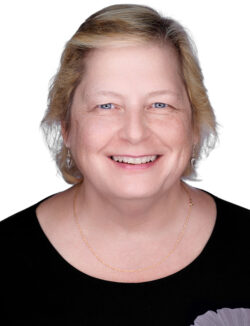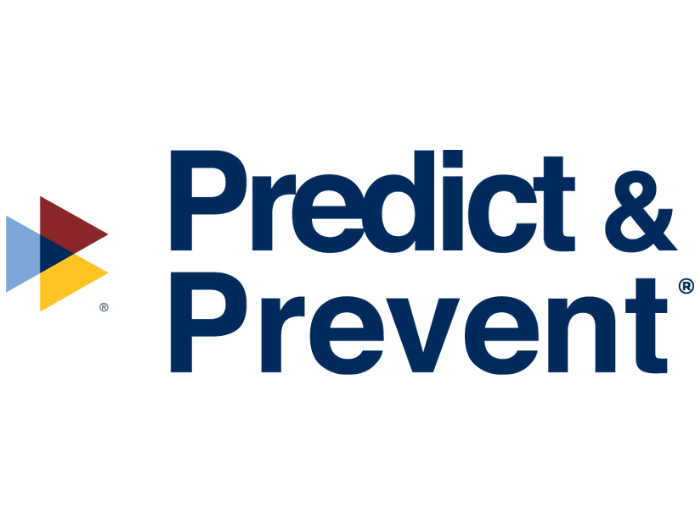Sponsored Content by ProAssurance
Medical Staffing Shortages Will Likely Get Worse Before They Improve — Here’s How to Help

If you have tried to make a doctor’s appointment in recent months, you might have encountered issues caused by health care provider shortages. Long wait times, difficulty getting appointments, and other stressors are all ripple effects of a health care provider shortage that has gripped the U.S. in recent years. Over the next several years, the health care industry will face staff shortages in the hundreds of thousands of professionals at all levels.
“We’re going to see it get worse before it gets better,” said Michele Crum, Northeast regional risk manager with ProAssurance:
“The pool of health care workers coming in is much smaller than the previous generations. Baby Boomers, as well as the Gen Xers that followed my generation, are facing the onset of retirement, creating a decrease in the number of available professionals.”
It will take several different solutions to help combat the shortages health care workers currently face. A mix of policy changes, better benefits, and other actions will be needed to attract more workers into the field.
What’s Contributing to Medical Staffing Shortages?

Michele Crum, Northeast regional risk manager, ProAssurance
Most people will point to the COVID-19 pandemic as a significant cause of medical staffing challenges. Health care workers were working long hours, suiting up in PPE, and battling a virus they were unfamiliar with, all while putting themselves at risk. It is no wonder that 50% of respondents in a survey of health care workers conducted between April and December 2020 reported burnout.
Yet health care worker shortages started before the pandemic—COVID just exacerbated things. Back in 2019, a report from the Association of American Medical Colleges predicted the U.S. would face a shortage of between 37,800 and 124,000 physicians over the next 12 years. Early retirements, a lack of work-life balance for medical professionals, and other factors contributed to the talent gap. “All of these factors combined to contribute to the nursing and physician shortages we are currently experiencing,” Crum said.
These shortages exist at every level of the health care industry. In addition to major physician shortages, the country may face openings for 194,500 registered nurses between 2020 and 2030 and a 151,000 care worker shortage that includes nurse aides and certified medical assistants.
“It is more serious than I think people understand,” Crum says. “It starts from the lowest levels and continues up through physicians and specialty physicians.”
Patients still need care, and medical professionals must step in. Some workers are seeing an increasing number of patients to compensate for shortages, which can lead to shorter appointments, less time with patients, and longer workdays in clinics and hospitals.
“People who are in medicine want to take care of patients,” Crum said. “The demand is so high—they add appointment slots, see patients through lunch, come in early and stay late. The next thing they know, they have seen 40 patients that day.” The staffing concern, according to the insurance industry, creates the potential for risk impact on the day-to-day processes in a practice. Areas such as documentation and communication with patients may suffer as providers do more in less time to accommodate the demand.
Bringing More Medical Professionals into the Field
Medical professional shortages are likely to get worse—at least in the short term—but the industry is taking steps to correct it. Medical schools are doing their part. The number of medical school enrollees grew 35% between 2002 and 2020, per data from the Association of American Medical Colleges. Class sizes have continued to grow modestly, with enrollment increasing 1.6% between 2022 and 2023.
But just because there are more medical school students does not mean there will be more doctors. The number of residency positions available nationwide is not keeping up with the number of medical school graduates. In 2021, there were 42,508 active applicants for residency programs but only 35,194 first-year residency positions, per data from the National Resident Matching Program—a gap of more than 7,000 positions. “There are many residents who are not being matched their first year because there are no open slots for them,” Crum said.
Congress has tried to take action to improve the gap between the number of medical school graduates and available first-year residency positions, but that, too, has been slow going. The “Resident Physician Shortage Reduction Act of 2023” would increase the number of federally funded residency positions, with an emphasis on rural and noncontiguous areas, but this bill has not passed yet.
Other health care positions, like nurse aides and certified medical assistants, are struggling to compete with jobs that may offer better work-life balance. “You have to find the right worker who wants to care for patients,” Crum said.
“Some candidates who are coming out of high school or college are only looking for a job and not planning for long-term careers. The qualified candidate pool for patient-facing roles is small. Entry-level workers can often find opportunities in retail with better hours, no night shifts, and even holiday or weekend benefits.”
A Medical Malpractice Insurance Partner for Today’s Challenges
As the industry grapples with shortages at every level of the health care field, some providers may question how talent shortages impact medical malpractice rates. The good news is that medical malpractice insurance is still available for most providers, though territory, prior claims history, and other factors will impact the price of the policy.
At ProAssurance, the risk management team is committed to working with insureds to assess their risks and implement strategies to reduce the risk of a medical malpractice claim. One area of risk that Crum indicates is a breakdown in communication between the physician and the patient.
“One of the top risks we see is a breakdown in communication between the provider and the patient that leads to a risk concern. Physicians may not feel they have the time to listen to the patients and focus on the individual due to pressures of time, billing, and patient volume.”
To help manage these risks and others associated with talent shortages in the industry, ProAssurance frequently offers educational initiatives for its policyholders on emerging risks. ProAssurance Risk Management staff also offers a proactive self-assessment for practices each year to identify areas of heightened risk in the practice and help identify areas for improvement.
“Proactively assessing areas of risk allows our staff to work with the practice and physicians to identify areas of potential risk,” states Crum. “Then we can utilize education and resources to help them find solutions and improve.”
To learn more, please visit: https://riskmanagement.proassurance.com/.
This article was produced by the R&I Brand Studio, a unit of the advertising department of Risk & Insurance, in collaboration with ProAssurance. The editorial staff of Risk & Insurance had no role in its preparation.










